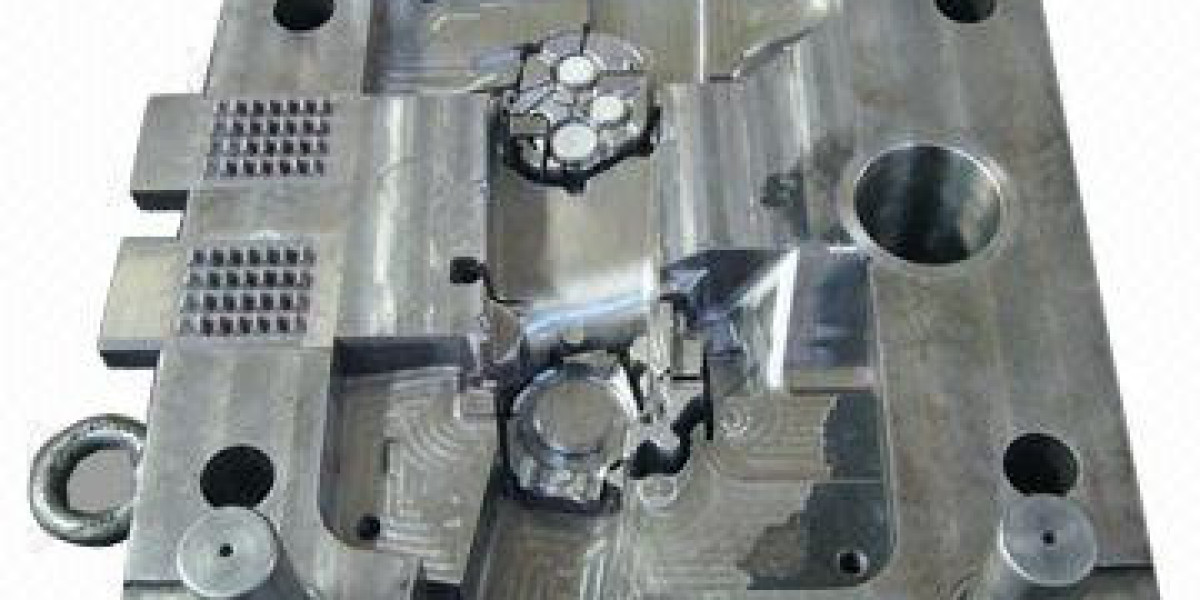In the past two years, people's attention has been quickly drawn to 3D printing, and its applications are becoming an increasingly widespread part of modern life. The production of components using 3D printing has expanded beyond just the realm of consumer goods and into areas traditionally associated with the military, such as aerospace and aviation. There is a 3D printer on Mars, which allows for ultra-remote production and repair capabilities. This printer is even equipped with the autonomous exploration robots used by NASA on Mars. Civilian 3D printers have also started to make their way into our everyday lives, in addition to the high-end precision 3D printers that were mentioned earlier.
Nevertheless, the basic technical principle contains a level of creativity that is unmatched. It does away with the heavy and awkward tools that are typically used in conventional manufacturing, such as molds, lathes, and drills. molded, uncomplicated, and adaptable. There are now buildings that have been printed with 3D printing technology, as well as food and organs. We have sufficient grounds to anticipate that in the not-too-distant future, 3D printing will eventually become of high quality, inexpensive, and widely available. In the future, the technology behind 3D printing will see unprecedented levels of development and application, while also seeing an increase in its overall technical level. Its outputs, which are comparable to those of traditionally manufactured goods and encompass all aspects of people's lives, can be said to be produced by it.

Unquestionably, a shift of this magnitude will result in earth-shattering adjustments to the spatial organization of the urban environment. In the course of human history, we observe that each new technological advancement inevitably results in some kind of change to the city itself. The development of agriculture led to the emergence of the first cities. The growth of industry enables the city to accommodate further population. In light of the fact that there has recently been a fresh wave of technological, digital, and intelligent innovation, what kinds of shifts can we anticipate in the city?.
In the most fundamental sense, every change in the city is driven by the needs of its residents. Changes in human needs will naturally lead to changes in urban space, which is the same as humans changing the natural environment to adapt to their own development. This is the same as saying that humans are changing the natural environment to accommodate their own growth. The production technology that humans use must be improved, and so must the quality of their living conditions. As a result of this demand, people's production as well as their lifestyles have changed, as well as the utilization of new technologies and the organization of new production methods. Consequently, we are compelled to inquire, in light of the emergence of 3D printing technology and the third industrial revolution, about the kinds of requirements that people will have. What kinds of shifts can we expect to see in the social structure of relationships?Once this point is resolved, only then will it be possible to use traces to predict changes in urban space.
Demand shifts can be attributed to three different factors: faster delivery times, improved quality, and lower prices. The manufacturing industry of today generates the majority of its profits from the mass production of identical products in factories and on assembly lines. The principle of economies of scale is the rationale behind why this method of manufacturing on a large scale is more lucrative than the more conventional practice of handcrafting. Businesses are able to lower the costs associated with the production of their goods as a result of the effect of economies of scale, which not only results in lower prices for those goods but also increases the potential for profit. However, this comes at the expense of a greater variety of product options.
When it comes to modifying product designs, businesses need to exercise extreme caution in order to achieve economies of scale. Even minor enhancements or adjustments could result in exorbitantly high costs. In this regard, products that are manufactured on a large scale are not nearly good enough. In comparison, the manual production method that has been used traditionally is significantly superior. There is no need to consider economies of scale, craftsmen can try as much as they want, the loss is nothing more than a material fee, and they can quickly improve their designs, avoiding losses caused by large-scale mistakes. In addition, there is no need aluminum alloy die casting to consider the economies of scale.
Is it therefore possible to combine the two in such a way that the task is completed more quickly, more effectively, and at a lower cost?The answer to that question is yes, and the development of technology that allows for 3D printing has provided a new way to combine the two. Since the parts needed for 3D printing can be formed all at once, the time and money spent on their assembly can be cut down significantly. Additionally, since 3D printing does not require transportation over long distances, the time and money spent on transportation can be cut down significantly as well. 3D printing does not require a pre-designed production line. It is compatible with a wide range of materials and can make products in any shape. People have the ability to print the best customized products for free, which means they can be improved. The additive technology used in 3D printing eliminates the need to cut the material, which results in a significant reduction in the amount of material that is wasted. The production method that is more sensitive also significantly reduces the die casting mold cost of development, which means that it can be less expensive.
The conventional concept of economies of scale will be rendered obsolete as a direct result of the narrowing gap that exists between the price of manufacturing a single item using 3D printing and the price of manufacturing a single item using mass production methods. As a result of the decline in the benefits associated with large-scale product production, small and medium-sized businesses, and even individual businesses, will experience an increase in their level of competitiveness. This will result in the transformation of the intensive production model into a model of decentralized production. There will be no need for large-scale industrial plants because they will be replaced by dispersed production lines for 3D printing. Not only that, but the technology behind 3D printing sets people free to be creative and imaginative, which opens the door to brand new economic and business models.
The current method of production, known as large-scale standardization and machine production, will be replaced in the near future by a new method known as intelligent mass customization, which will be supported by the internet. Because of advances in information technology, a significant portion of the material flow that previously existed can now be converted into the information flow. When compared to the flow of materials, the flow of information is much simpler to process, distribute, and rearrange. One can design a product from the ground up or have it designed by someone else, but the corresponding assembly and matching can only be done on a computer. People are able to self-assemble the desired finished product by using the corresponding software in the comfort of their own homes. The new method of production organization is distinct from the old one. It utilizes decentralized production and local sales, and a single 3D printer zinc die casting manufacturer is all that is required to finish the work of a large-scale factory.








